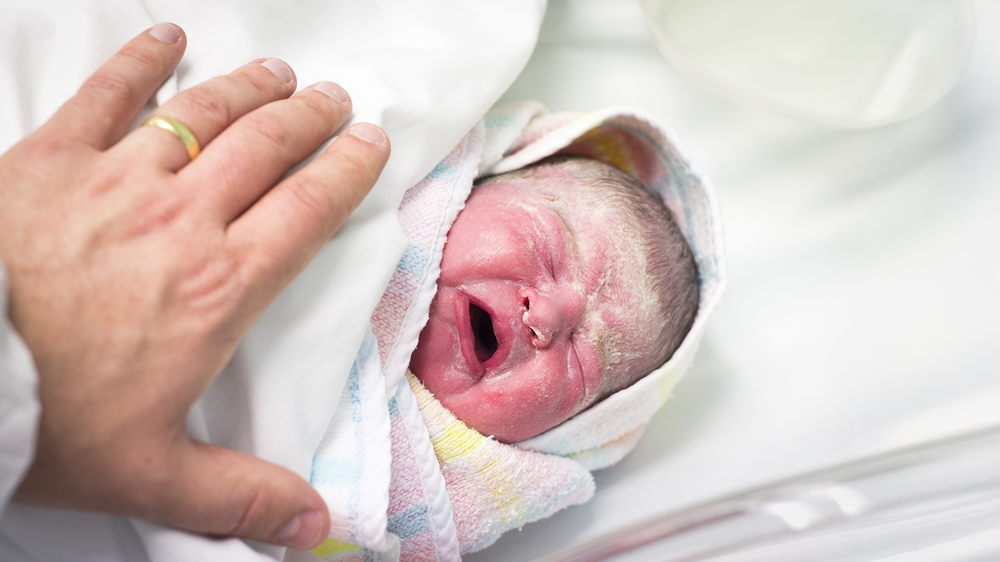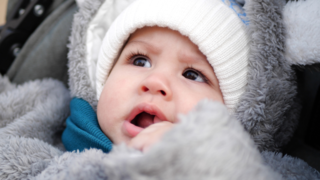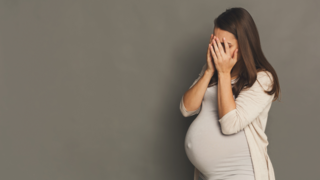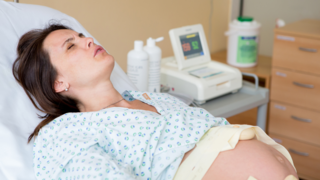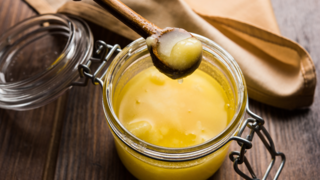In this article:
Newborn skin has a lot of adjusting to do after going from the uterus to the outside world, explains Dr Sampath Kumar Shettigar. The trick is knowing what's normal and how to handle it. Peeling skin may seem surprising, yet it is not unusual.
Is It Usual For Newborns' Skin To Peel?
During their first two weeks of life, all infants peel. Peeling is most common on the arms and legs, although it may also appear on the abdomen, back, or buttocks. If you just see peeling skin on their head, your infant most likely has a cradle cap, which is a harmless development of scaly areas on the scalp.The degree of neonatal peeling varies, and it is not always an indication of dry skin. The peeling skin's upper layer may be dry, but the skin underneath it may not be.
Peeling skin on newborns is similar to moulting, explains Dr Sampath Kumar Shettigar. For the healthy skin underneath to take control, the outer layer of skin is peeling off.
Why Does My Newborn's Skin Peel?
Newborns may have peeling skin for a variety of causes, some of which are more common.Pregnancy And Birth-Induced Peeling Skin
Pregnancy and birth-related peeling usually resolve on their own within a few weeks. Pregnancy may cause peeling skin owing to:- Insufficient exfoliation in the uterus: Amniotic fluid surrounds newborns when they are in the womb. It performs an excellent job of preserving the foetus as it develops, but excessive exposure to amniotic fluid may be irritating for delicate skin. That is why, about midway through pregnancy, foetuses acquire a thick, pasty covering known as vernix. However, the protective covering also prevents the skin from shedding. When the nurse cleans your baby after delivery to remove any amniotic fluid or blood, the vernix is removed as well. With the protective covering removed, newborns are likely to lose a few layers of skin.
- Exposure to amniotic fluid: Babies with a longer gestation period (born full-term or later) usually have less vernix and less protection against amniotic fluid.
Vernix caseosa
When a newborn is in the womb, a thick waxy covering known as vernix caseosa, or vernix, forms on the baby's epidermis to protect it from amniotic fluid. According to the experts, vernix develops about the 20th week of pregnancy.If the vernix is not washed off the newborn shortly after birth, this natural biofilm may help the baby's skin adjust to life outside the womb.
Other Factors Causing Facial Peeling
Peeling can occur anywhere on the body, although you may notice it more on your baby's face. This is most likely not a cause for concern and should resolve itself.
The skin on a baby's face can be more delicate than the skin on other regions of the body, making it prone to discomfort. Other things can also create dryness on their little faces.
Spitting and drooling can cause skin dryness and irritation, as can exposure to the elements (wind, sun, and cold). These and subsequent circumstances may contribute to increased peeling and flakiness on their face.
If you are concerned about your baby's skin, consult their paediatrician. The doctor may recommend you to a paediatric dermatologist, who can identify any problems and provide treatment.
When Is Peeling A Sign Of A Skin Condition?
Peeling may indicate a skin problem. Your paediatrician (or dermatologist) can identify these disorders and provide safe, efficient treatments. These skin conditions include:- Baby eczema: Eczema, also known as atopic dermatitis, is rarely diagnosed immediately after delivery. Sixty per cent of eczema cases occur before the age of one. Eczema flare-ups often cause red, inflamed, and itchy skin. However, when the skin heals, it may flake and peel, revealing new, healthy skin. Baby eczema usually affects the face or scalp. You'll rarely see it in the nappy area.
- Ichthyosis: It is a condition in which babies are born with an additional layer of skin. As the extra membrane splits and peels away, it flakes and itches. Ichthyosis is a hereditary disease. Severe instances may need hospitalisation in a newborn intensive care unit (NICU), where babies may spend time in a high-humidity chamber until the condition improves.
- Psoriasis: It is an inflammatory skin condition. Approximately 33% of psoriasis cases start in infancy. Psoriasis patients have raised itchy scales on their skin, similar to those associated with cradle caps. If your baby's cradle cap isn't improving, it might be an indication of psoriasis.
How To Cure A Newborn's Peeling Skin?
Peeling on infant skin normally does not need specific medical care. It should end on its own in a few weeks. However, here are five methods for protecting your baby's skin throughout the peeling process.1. Do not peel or scrape newborn skin
When you detect peeling skin, your initial inclination could be to help it along. Don't peel or remove the skin because it's protecting new skin underneath. The best thing you can do is let it fall off on its own.2. Keep the infant's skin moisturised
Add moisture if you wish to aid with the peeling process. Moisturising also helps to keep the new skin healthy and protected. Continue to care for their new skin in the early weeks and months, even after the peeling period has ended.- Bundling up in the cold: Dry air may remove moisture from an infant's fragile skin.
- Moisturising regularly: To alleviate dryness, use lotion two to three times each day, particularly after bathing.
- Using a humidifier: Exposing your infant to moist air might help keep their skin from drying up.
3. Be gentle while cleaning your newborn
You should give your infant a sponge bath until the umbilical cord comes off and the circumcision heals. However, be careful to prevent removing too much of their peeling skin. To avoid dry skin, use lukewarm water. Baths should be no more than ten minutes.4. Avoid chemicals and scents
Harsh chemicals may hurt sensitive infant skin. When selecting shampoo, soap, and lotions, choose fragrance-free options. When washing baby clothes, use mild products. Chemicals and perfumes included in baby apparel may also irritate the skin.5. Keep your infant hydrated
Hydrating from the inside is just as important as moisturising the skin's surface. Ensure that your child is receiving enough breast milk or formula. However, never give a newborn water to drink during the first six months of life. 6. Keeping the infant comfortable
Part of the treatment for the newborn's peeling skin is to keep the baby as comfortable as possible. This may include relaxing them and assisting them in finding positions that do not put a strain on the peeling skin.7. Choosing suitable clothes
In addition to washing a baby's clothes with fragrance-free soaps, parents should use detergents that are free of unwanted fragrances. This can help to reduce secondary exposure to these substances.Parents should also choose soft, loose-fitting garments made of natural materials for babies because they are less prone to irritate or rub against the skin.
8. Trying an oatmeal bath
According to research, colloidal oatmeal lowers inflammation and itching, which may prevent the baby from scratching and aggravating damaged, peeling skin.You cannot prevent your newborn baby's skin from flaking. The period required to shed the outer layer of skin varies among infants. Keeping your baby's skin hydrated might help prevent dry patches and cracking.
If the dry skin and flaking do not improve or worsen after a few weeks, you should consult a doctor. If necessary, they may refer you to a skin specialist known as a paediatric dermatologist for additional evaluation.
FAQs on How to Care for Your Newborn's Peeling Skin?
- When to contact a baby's paediatrician for peeling skin?
In rare circumstances, infants may need more intensive therapy for dry skin. Experts suggest contacting the baby's paediatrician if:- The dryness is significant or worsening
- Signs of infection include redness, swelling, or pus
- Your small one seems extremely uncomfortable
- Can lotion be used on newborns with dry skin?
To keep the baby's skin moisturised, apply lotion, but pick a fragrance-free one as advised by your paediatrician.

